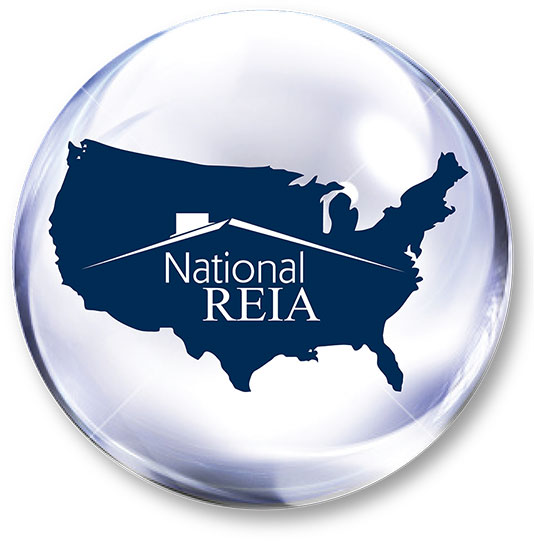Timber Trespass - The Strange World of Trees Located on a Property Boundary Line
A year ago I wrote concerning a timber trespass case that had been recently decided that had implications for investors who buy property that has tall, primarily coniferous trees on either the property to be purchased or any neighboring parcel close to the common boundary. The Court of Appeals, although a different division, has now decided a case on a similar topic which raises new concerns for investors.
Last year's case said that a property owner could cut tree roots that extended across the common boundary onto the cutting owner's property without being liable to the owner of the property on which the tree stood, even if the cutting of the roots resulted in the death of the tree. There is a statute in Washington called the timber trespass law that says that if anyone damages a tree on the property of someone else without lawful authority, that person is liable to the property owner for three times the amount of the value of the injury to the tree.
The recent case involved a tree that was squarely on the common boundary that divided two parcels from each other. One owner trimmed all branches of the tree on his own side of the boundary, but he did it in such a way that in the opinion of the other owner, the tree became unbalanced and was a danger to the non trimming owner's home and safety. The neighbor who was concerned about his home and safety hired his own trimmer who removed all of the remaining branches, knowing that this would kill the tree. The trimmer testified that he believed the unbalanced tree was a danger to the property owner who had hired him and that the trimmer could have done the work in such a way as to spare some branches which would likely have saved the tree.
The first neighbor sued the second for timber trespass. The second neighbor defended on the basis that the timber trespass statute requires willfulness to entitle someone to triple damages but the court found that the second neighbor's admission that he knew that removing all the branches would kill the tree met the willfulness requirement.
The second neighbor also defended on the basis that he did not lack lawful authority, and cited the case from a year ago to support the claim that any landowner has the unfettered right to trim branches that overhang his property. This is where the new case gets interesting.
There is very little case law in Washington on trees that are astride the common boundary. The court determined that last year's case was not controlling on this point because the two neighbors shared ownership of the tree that was on the common boundary.
The court found that as shared owners of the tree each neighbor had a duty to the other not to trim the branches of the tree in such a way as to kill the tree. The court also ruled that because each neighbor owned part of the tree, the branches of the tree that overhung the neighbors' property were not "encroaching" in such a way that allowed the neighbors the unfettered right under last year's case to cut them off. The court also rejected the second neighbor'S argument that mitigating circumstances prevented the application of the triple damages remedy, namely that because the branch cutting occurred solely on the second neighbor's property, the second neighbor could not have committed timber trespass. The court ruled that the essence of timber trespass is harm to the tree, not unauthorized presence on the land of another person.
This case is interesting for investors but also troubling because it would seem that the second neighbor acted reasonably to eliminate a danger to his home and safety that was created by the act of the first neighbor in trimming the tree so that it was unbalanced. It remains to be seen whether this decision will remain the law but as long as it is the law, investors should consider carefully large trees on a common boundary.
The preceding is intended to be educational and should not be considered Legal advice.
About the author ...
Doug Owens practices real estate law and general business law from his office in Anacortes. He offers a 20% discount for REAPS members and he can be reached at (360) 299-2990 or [email protected]
“REAPS is the oldest – and largest - Professional Association for the real estate investor this side of the Mississippi. We provide education and networking resources for real estate investors, those who want to be investors and anyone who provides value to our members. Our goals are to motivate and support our members and guests through education, discussion, legislative action and networking. We host over 40 live events a year around Puget Sound and they are all open to the public. If you've never attended one of our meetings, just email our office at [email protected] and be our guest for free!"


